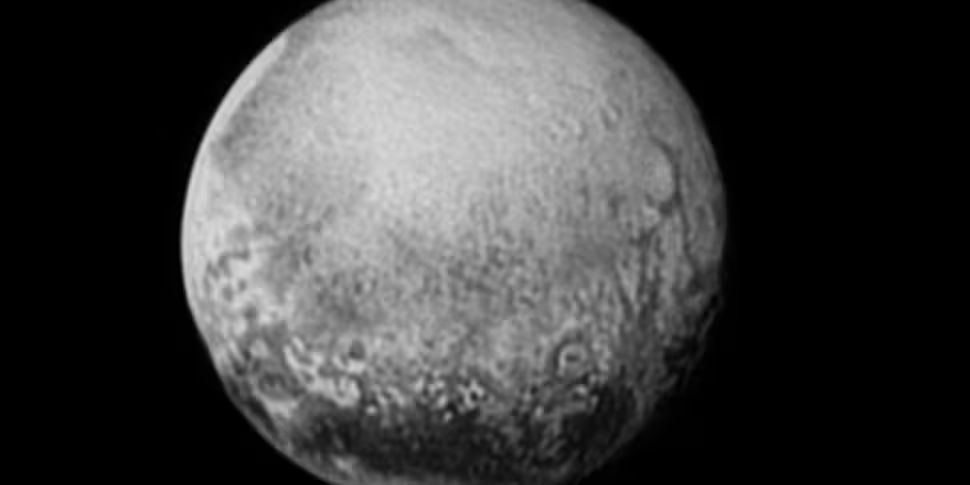It seems that Pluto is slightly larger than previously thought.
Scientists working on NASA's New Horizon programme have worked out that the dwarf planet 1,473 miles (2,370 kilometres) in diameter, which is said to be somewhat larger than many previous estimates.
The findings - achieved using images captured by the Long Range Reconnaissance Imager (LORRI) - confirm that Pluto is the largest known object in the Solar System beyond Neptune.
Mission scientist Bill McKinnon of Washington University in St Louis said, “the size of Pluto has been debated since its discovery in 1930. We are excited to finally lay this question to rest.”
The new measurement has also helped highlight some other details about Pluto for scientists, including that its density is slightly lower than previously thought, while the fraction of ice in Pluto's interior is slightly higher.
Pluto was considered the Solar System's ninth planet until 2006, when it was reclassified as a 'minor' or dwarf planet.
To reach its primary target, the New Horizons spacecraft has traveled for more than nine years.
The flight through the Pluto system is planned to begin tomorrow (July 14th), and the craft has already sent us the clearest images of the former planet we have ever received.
During the mission, New Horizons will pass Pluto at an altitude of a mere 12,500km, which should provide scientists with detailed photos of its surface.
Leo Enright spoke to Newstalk's Futureproof from Mission Control:









